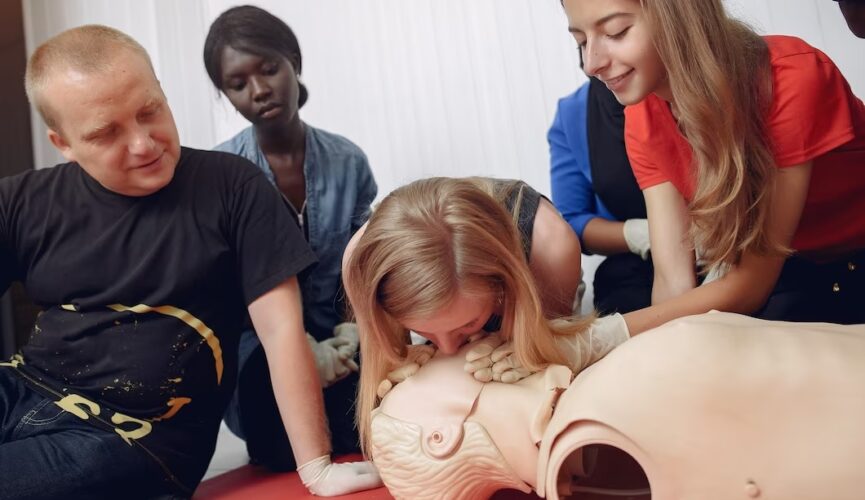The art and science of first aid have come a long way since the dawn of civilization. From the rudimentary practices of ancient civilizations to today’s advanced techniques, the journey of first aid is a testament to human resilience and innovation.
This evolution not only reflects our growing understanding of the human body but also our innate desire to help and heal. As we delve into this transformation, we’ll uncover the milestones that have shaped first aid methods across different eras.
Ancient Remedies and Practices
Before modern medicine, our ancestors turned to nature for healing. Plants, herbs, and natural resources were their primary treatments. The ancient Egyptians, for instance, valued honey for its antiseptic properties. Willow bark, on the other hand, was a known pain-reliever.
In various ancient cultures, spiritual rituals often accompanied these natural remedies. This blend of spirituality and medicine was believed to enhance the healing process, making it holistic.
The Middle Ages and Renaissance
The Middle Ages presented a mix of superstition and genuine medical knowledge. Some remedies were herb-based, while others leaned on religious beliefs. The Renaissance, however, ushered in a more scientific approach. Anatomy studies became popular, leading to a deeper understanding of the human body.
This period also saw the rise of medical texts and manuals. These documents began to standardize first aid practices, ensuring more consistent and effective treatments across regions.
The Birth of Modern First Aid
The 19th century was pivotal for first aid. Industrialization led to frequent accidents, highlighting the need for immediate medical attention. Organizations like the Red Cross emerged, playing a crucial role in formalizing first aid techniques.
Training programs were introduced, emphasizing the importance of immediate intervention. These programs laid the foundation for many contemporary first aid courses, ensuring that individuals were equipped to handle various emergencies.
Contemporary Practices and Innovations
Today, first aid is a fusion of tradition and technology. Courses like the HLTAID012 training course prepare individuals for diverse emergencies. The focus is on swift response, precise diagnosis, and effective action.
The digital age has further revolutionized first aid. Apps and online platforms now provide instant guidance during emergencies. This ensures that even those without formal training can access crucial life-saving information.
Global Influence and Adaptations
First aid techniques have been influenced by global cultures. Different regions have unique approaches, often rooted in local resources and traditions. For instance, some Asian cultures integrate acupuncture and herbal remedies into their emergency care.
Understanding these global influences offers a richer perspective on first aid. It showcases the diverse ways humanity has approached emergency care, emphasizing the universal importance of saving lives.
The Timeless Value of First Aid
The evolution of first aid techniques underscores its enduring significance in our lives. While methods have changed, the core principle remains: saving lives. Whether through ancient remedies or the latest technological advancements in emergency care, first aid’s essence is about preparedness, responsiveness, and effectiveness.
As we reflect on its journey, it becomes evident that the importance of first aid, and courses like HLTAID012, will only amplify in the future, continuing to play a pivotal role in our collective well-being.
